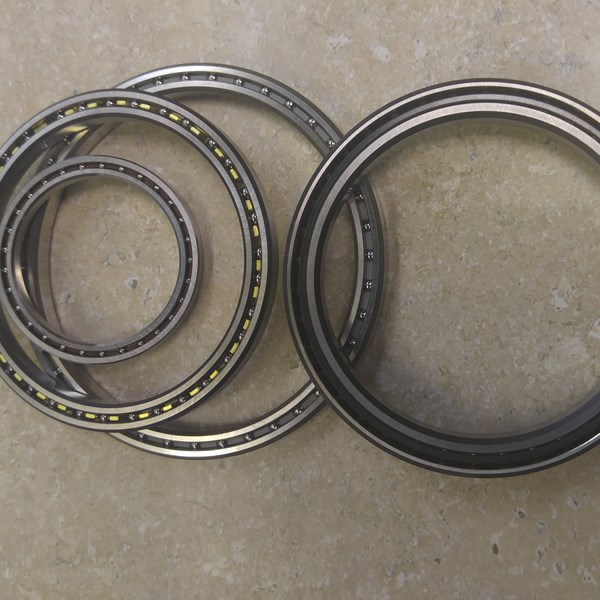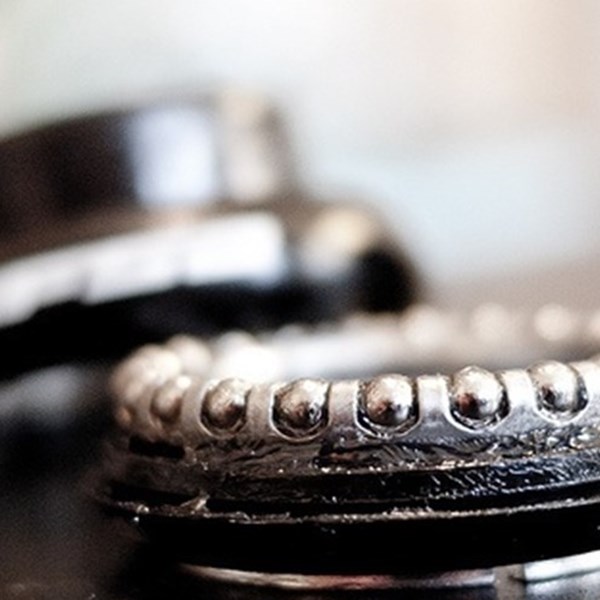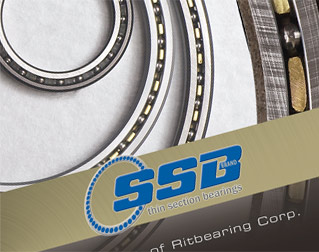While small in width, thin section bearings can come in a variety of styles. Each type of thin section bearing boasts various advantages and disadvantages, which makes it important to know which style is best suited for your needs. To help, here’s a quick breakdown of the different styles of thin section bearings and the types of jobs they’re meant to handle.
Thin Section Radial Ball Bearings
As the name would suggest, thin section radial ball bearings are used for demanding applications with predominantly radial loads. These bearings come in multiple styles and cross sections, such as open and sealed variants. While they’re best suited for radial loads, they can also accept very minimal axial, reversing, and moment loads.
Thin Section Angular Contact Bearings
While radial thin section bearings are designed to handle radial loads, angular contact thin section bearings are best served for higher thrust and axial loads. However, they can also accept some radial and combined loads. Angular contact thin section bearings are commonly paired depending on the needs of an application, which can result in any of the following duplex pairs:
- Back-to-back duplex pair
- Face-to-face duplex pair
- Tandem duplex pair
Thin Section Four-Point Contact Bearings
Four-point contact thin section bearings feature a special raceway – also known as a “gothic archway” – that creates four points of contact. This design allows these bearings to do an excellent job of handling moment and reversing loads, plus additional thrust loads. However, four-point contact thin section bearings are not recommended for with in applications with radial and combined loads.
Build Your Own Custom Thin Section Bearing
While you may know your application inside and out, it can be difficult to find just the right bearing solution for your needs – and that’s if what you need is even readily available. Instead, design your own custom parts with our online thin section bearing builder.
All you need to do is plug in certain criteria like bearing type, part quantity, and other details that you need for your parts. Once you submit your customized bearing, SSB will submit your request and send you a quote.
If you’re not sure exactly what you need for your applications, SSB can still help you find the right parts. Contact us today to talk to one of our experts about your bearing needs and we can get to work on a solution.








